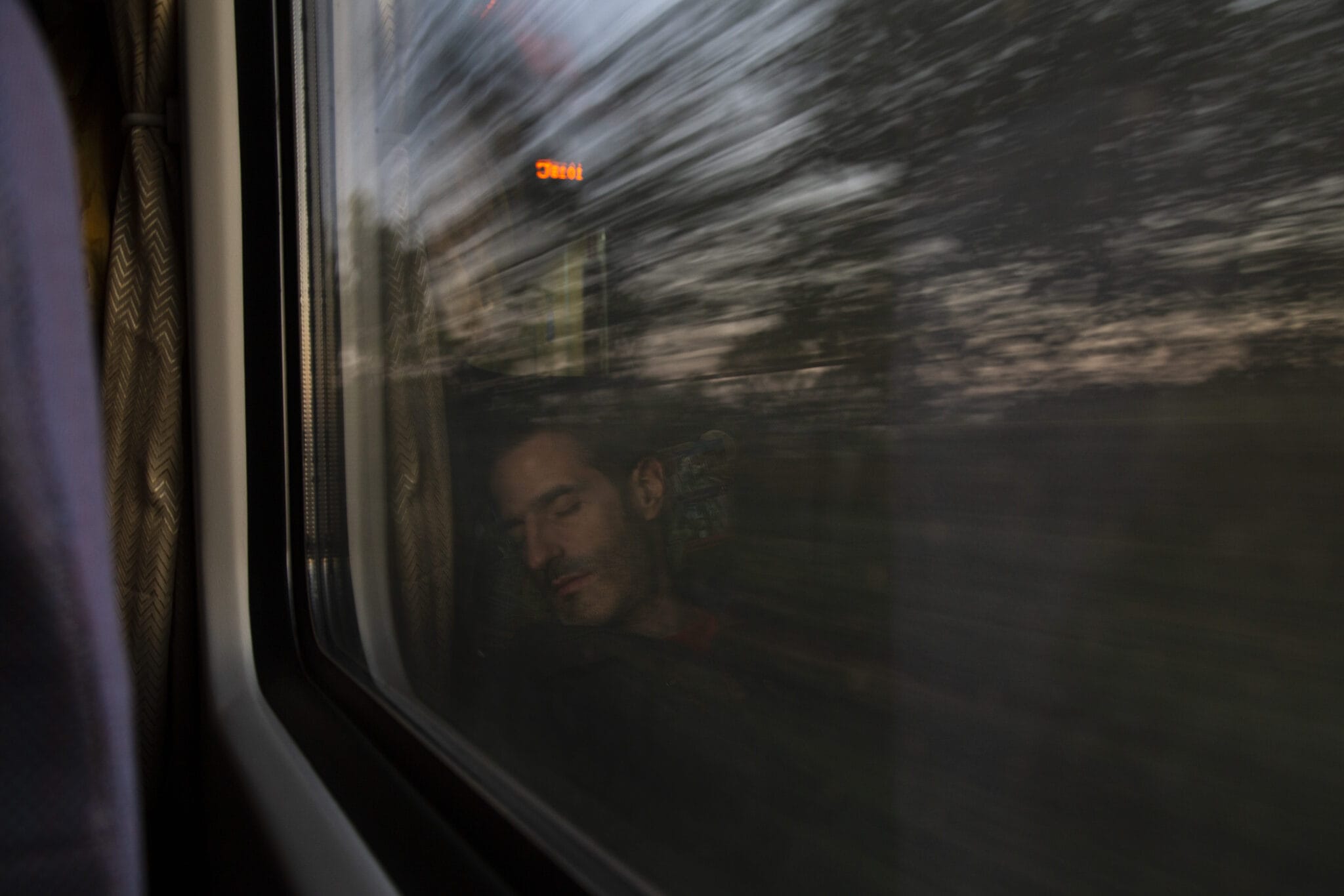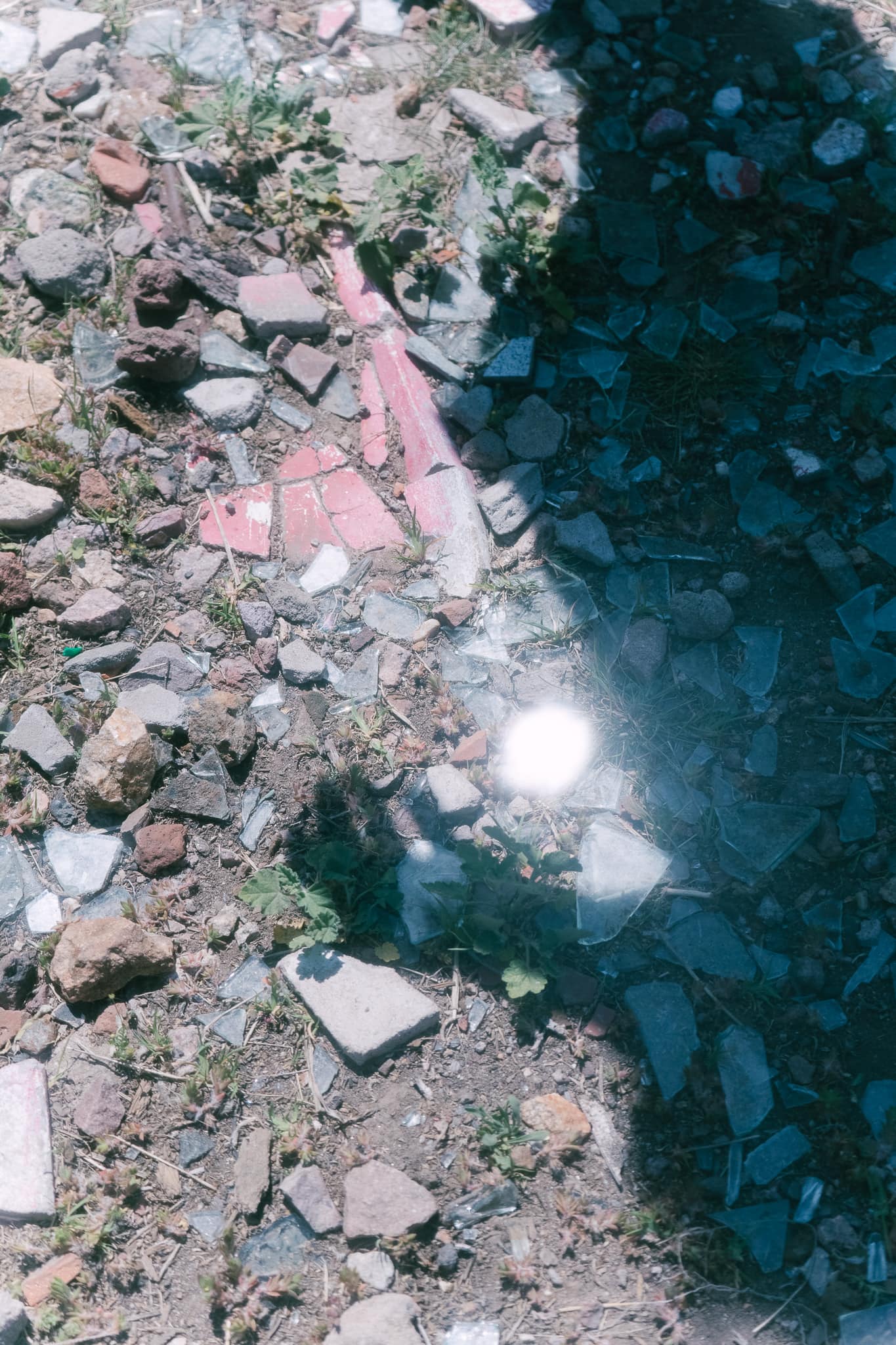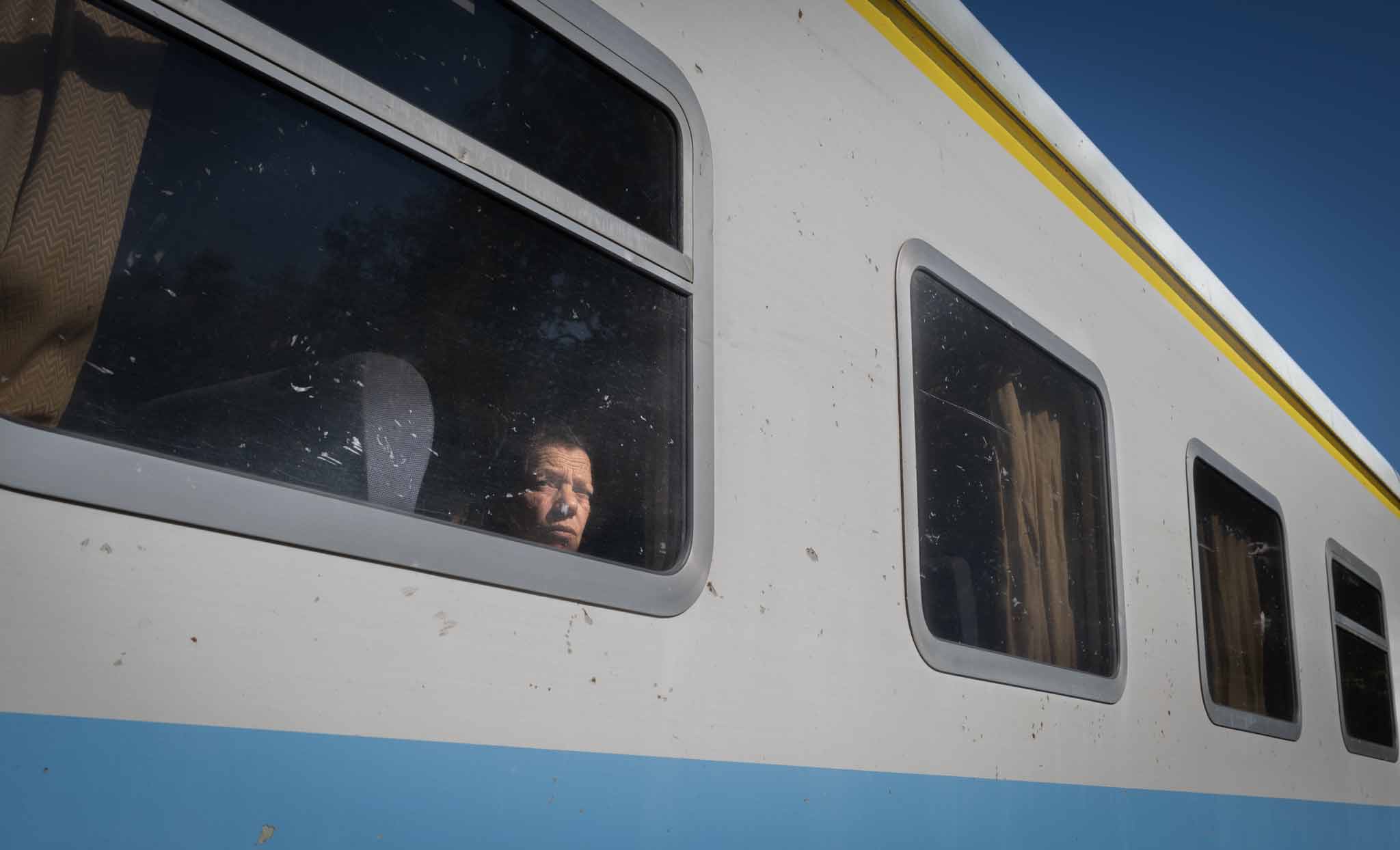
A train, a trip, and a workshop
Can we hold a photography workshop on a moving train? During the last Argentine Biennial of Documentary Photography, it was possible. “La Estrella del Norte – Cosmovisiones en Movimiento,” a workshop led by photographers Sara Wayra and Federico Estol, took place on the express train that runs between Buenos Aires and Tucumán. Gathered 50 participants who told stories of the journey in photos, videos, posters, and interviews with passengers.
By Marcela Vallejo
“The Biennial gave us the ingredients, and we put together the whole recipe,” says Bolivian photographer Sara Wayra about the invitation she received for the tenth edition of the Argentine Biennial of Documentary Photography. Those ingredients included: a train, a 36-hour trip, and the journey between Buenos Aires and Tucumán in northern Argentina. With these elements, and inspired by the workshops of the Mas Uno collective in Colombia, Sara Wayra and Uruguayan Federico Estol designed a workshop for 50 people called “La Estrella del Norte – Cosmovisiones en Movimiento” (The North Star – Cosmovisions in movement).
The first part of the name of this workshop, whose format is entirely original, is inspired by the mythical train Estrella del Norte that, since 1914, was used by the workers making the route from Tucumán to Buenos Aires. In the 56,210 trips it made, the train traveled 64,978,760 kilometers and carried 84,315,000 passengers: more than three times the population of Argentina until 1980. It is an icon in the world of famous long-distance trains. The line was canceled in 1993, but the railroad company still runs two weekly services to Tucumán, stopping at six of the 18 stations that the Estrella del Norte used to connect.
The workshop proposed to tell narratives under the slogan “cosmovisions in movement.” Sara and Federico had as an accomplice, companion, and collaborator the Argentine photographer Gianni Bulacio, and among the participants were Andrés Caicedo, Jorge Piccini, and Luciana Demichelis. The participants -not only those registered but also several passengers- were divided into groups to create four types of material: a video art or experimental documentary on the movement, the journey, and the trajectory; a story with 20 images based on one of the cross-cutting themes: gender, territory, cosmovision, memory and migration; a poster of a train movie; and interviewing passengers on one of the themes.
For Sara Wayra, the proposal for the participants was to imagine the train “as a living body in movement, a body that dreams, that has an identity, that belongs and moves within a territory .” Federico Estol thought it was also vital to revitalize the idea of the train trip, to recognize its human facet in the micro-stories of each passenger. And above all, they were interested in knowing and showing this particular train’s stories since it is very close to the people. “The passengers are from trendy backgrounds,” says Estol, “it is very cheap to travel on the train, but the people who were with us had a hard time getting to buy that ticket.”

Taking advantage of the journey, the changes in the landscape, and the possibility of meeting so many people, the workshop also proposed thinking about the five cross-cutting themes from the perspectives of the train passengers. The idea was to get out of “urbanity and city privilege.”
It was an intense and demanding workshop: during the 36-hour trip, the groups had specific times to complete the tasks and to participate in editing tables. They all managed to deliver the edited materials and have them ready to exhibit the results at the Biennial. Not all the participants were photographers, in some cases, they were writers or journalists; which gave a different tone to the results.
The workshop detonated collective creative forces, mobilizing stories and generating links between the participants and the passengers. Several participants are still in contact and want to make a second chapter of what they started. One of the results that will soon see the light of day will be a photo book in which all the stories created will be collected. Sara Wayra sums up the experience in one sentence: “It was incredible to see the results, but above all, the friendship and the complementarity that existed between us.



